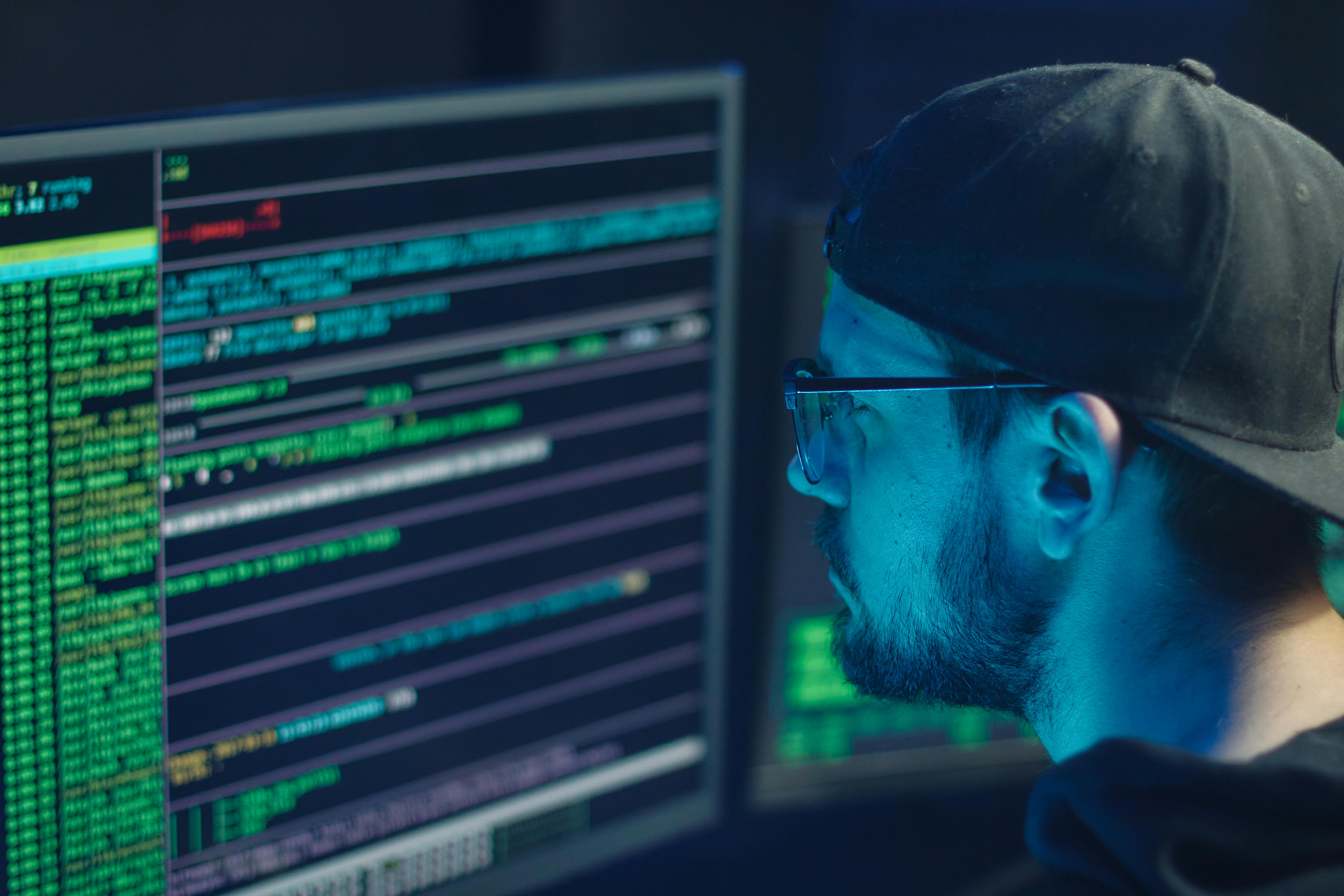
Cloud Misconfigurations: A Breeding Ground for Data Exposure
While application-specific vulnerabilities like the GoAnywhere MFT flaw grab headlines, a more pervasive and often overlooked threat lies in the realm of cloud misconfigurations. Many organizations rely heavily on cloud services, particularly for mobile application backends. However, the ease of deployment can sometimes mask fundamental security oversights, leading to widespread data exposure.
Firebase Databases: The Unsecured Frontier. Find out more about GoAnywhere MFT deserialization vulnerability exploitation.
Security researcher Mike Oude Reimer has highlighted a significant issue concerning unauthenticated access to a vast number of Firebase services. Firebase, a popular platform from Google used by a large percentage of mobile apps for services like databases, storage, and authentication, can easily become a security liability if not configured correctly. The “Tea data breach” was a wake-up call, but the scale of the problem is far larger. A review of approximately 400 of the most popular mobile apps across three categories revealed that over 150 different Firebase services were left exposed and accessible without any authentication. This included Realtime Databases, Storage Buckets, Firestore databases, and secrets defined in Remote Configs. [cite:https://ice0.blog/docs/openfirebase] These services are often left open, and critically, they frequently contain sensitive data. The types of data found are alarming:
What’s particularly concerning is that these aren’t minor apps with a few thousand downloads; many of the affected applications boast download counts in the hundreds of thousands, millions, or even tens of millions. This means a massive number of users are potentially exposed due to these misconfigurations. The scale—potentially 150 times larger than the Tea app breach, and multiplied by thousands of instances—presents a clear and present danger to user privacy and corporate security. This situation serves as a stark reminder that adopting cloud services requires rigorous security practices, not just technical implementation. Understanding access controls, employing least-privilege principles, and conducting regular security audits of cloud configurations are paramount. For developers and security teams, a deep dive into cloud security best practices, especially concerning data storage and access management, is no longer optional—it’s essential for protecting user trust and mitigating significant business risks.
The Evolving Landscape of Cybersecurity Research and Development
The continuous release of specialized tools and the ongoing discovery of vulnerabilities paint a picture of a cybersecurity ecosystem in perpetual motion. Beyond ByteCaster and Titanis, other areas of research are crucial for both offensive and defensive capabilities.
Time Travel Debugging SDK: A Glimpse into Advanced Analysis. Find out more about GoAnywhere MFT deserialization vulnerability exploitation overview.
While details are sparse in the provided information, the mention of a “Time Travel Debugging (TTD) SDK” points to advancements in debugging and analysis tools. Time Travel Debugging allows developers and security researchers to record the execution of a program and then “travel back” in time to examine its state at any point. This capability is incredibly powerful for understanding complex bugs, reverse-engineering malware, and analyzing exploit chains. An SDK (Software Development Kit) for TTD would enable a broader range of developers to build custom tools and integrate TTD capabilities into their workflows. This is particularly relevant in scenarios where understanding the precise sequence of events leading to a compromise is critical—for instance, in analyzing sophisticated APT (Advanced Persistent Threat) attacks or intricate software exploits. The availability of such SDKs can democratize advanced debugging techniques, leading to faster identification of vulnerabilities and more robust software development practices.
Conclusion: Vigilance in a World of Rapid Change
As of September 29, 2025, the cybersecurity landscape is characterized by both rapid technological advancement and persistent, fundamental security challenges. Tools like ByteCaster and Titanis empower security professionals and researchers, offering new ways to analyze, defend, and understand complex systems. However, these advancements exist alongside critical vulnerabilities, as seen in the Fortra GoAnywhere MFT exploit, which allow attackers to gain deep access. Furthermore, the pervasive issue of cloud misconfigurations, particularly with platforms like Firebase, continues to expose vast amounts of sensitive data. The key takeaway for all organizations and individuals is clear: **vigilance and continuous learning are non-negotiable.**
The digital frontier is constantly being redrawn. By understanding the tools, recognizing the exploits, and addressing the foundational security gaps, we can build a more resilient digital future. What are your thoughts on the evolving use of specialized tools in cybersecurity? Share your insights in the comments below!
